By Leila Kashefi
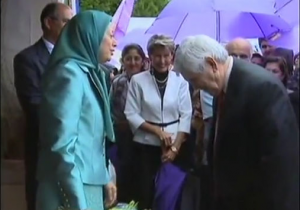 As everyone knows, since the revolution of 1979, the United States and the government of the Islamic Republic of Iran (IRI) have been BEFs — best enemies forever. While the US occasionally offers its solidarity to the people of Iran and criticizes the regime’s human rights record, its policy of sanctions and isolation actually strengthens regime hardliners. So it’s not surprising that on some days Iranians think: with an enemy like the US, why would the IRI need any friends?
As everyone knows, since the revolution of 1979, the United States and the government of the Islamic Republic of Iran (IRI) have been BEFs — best enemies forever. While the US occasionally offers its solidarity to the people of Iran and criticizes the regime’s human rights record, its policy of sanctions and isolation actually strengthens regime hardliners. So it’s not surprising that on some days Iranians think: with an enemy like the US, why would the IRI need any friends?
Last Friday, September 21st, was one of those days. The State Department, under pressure from powerful but unknown powers, leaked the news that the Mujahedeen-e-Khalq (MEK), a shady quasi-cultish group with a history of violence and intimidation, would be delisted from the US foreign terrorist organizations (FTO) list. Iranians inside and outside the country rarely agree about anything. They find common ground in their love of pomegranates, pride for Iranian athletes competing internationally, respect for Mohammad Mossadeq, the 1950s prime minister who nationalized Iranian oil before being ousted in a US-backed coup, and deep contempt if not hatred for the MEK.
Those who lived through the early years of the Iranian revolution remember the MEK’s violence, which was justified somehow by their curious mix of Islam and Marxism. But the real animosity for the movement arose when they went into exile, settling and supporting Saddam Hussein in the 8-year Iran-Iraq war. As a British-educated former Iranian senior civil servant once said to me: “During World War II siding with the enemy was treason and punishable by death. The MEK committed treason, and the Iranian public will never forgive them.”
The movement was never transparent. During the past 30 years it has spun out a myriad of different organizations across Europe, with headquarters in Paris. Its leader Maryam Rajavi proclaims herself as the democratic leader of Iran, with hardly any support from Iranians inside Iran. During the 1990s and early 2000s, the MEK slid into obscurity. But as the war drums against Iran started to beat more loudly in Washington, DC, the MEK took on a new lease of life.
It has been incredible to watch members of a designated terror group walk the halls of Congressional office buildings, mingling with Hill staffers and representatives. “The only Iranians we see are the MEK,” said one staffer not long ago. Given how notoriously apolitical the Iranian-American community is, the fact that the MEK is bankrolled to such an extent should have prompted questions long ago – but somehow those who know prefer not to talk.
Anyone claiming that the MEK has broad-based support was proven wrong in 2009 in the aftermath of the Iranian presidential elections. I remember standing among the thousands of American-Iranians who had traveled to New York to protest Mahmoud Ahmadinejad’s visit to the UN General Assembly amidst the Green movement’s post-election protests in Iran. We were a literal sea of green spilling across the streets and avenues of New York; thousands of Iranians, young and old from across North America, joined together in our outrage towards the regime’s election theft. The MEK and the Monarchists were also there, but their numbers were puny and their presence pathetic. The MEK was nothing and nobody either inside or outside Iran. In New York that day they packed up and left rather quickly.
But in Washington their political influence continued to grow. Indeed, soon after the 2009 events, the MEK was hobnobbing with former generals and senior diplomats, buying their endorsements with money that clearly had not come from the pockets of Iranians.
Pundits and policymakers in Washington may try to minimize the significance of the State Department’s move, suggesting that the MEK is too weak to be effective and that its organization will be dismantled. But that’s not the point. In Tehran, the State Department’s deal feeds directly into the regime’s narrative: that the US is backing the MEK to launch attacks against Iran and undermine the territorial integrity of the country. MEK affiliation will likely become even more of an excuse for the persecution of students and activists.
Its ironic that after thirty years, just as the regime’s narrative of the US as the evil empire bent on destroying Iran was heading into the dustbin, it is the US itself that has given the narrative a new lease on life.
As for the people of Iran, many are beginning to wonder why the US despises them so much. Already suffering under the regime’s boot, they are also subjected to US-led economic sanctions that are destroying the middle class while strengthening the hands of the system’s loyalists. Now comes the news that the despised MEK is free to operate outside the country and steal their voice. For the Iranian people it seems like President Obama’s inauguration promise of an outstretched hand has turned out to be a rude slap in the face.
– Leila Kashefi is a pseudo-name for the author of this article, a Washington-based Iranian-American civil rights activist.

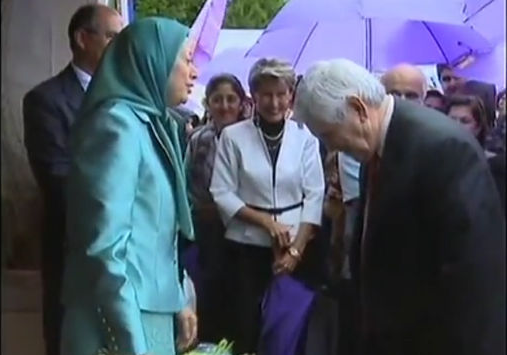
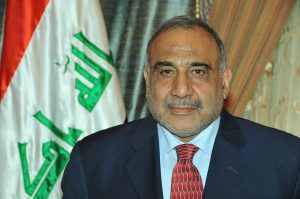
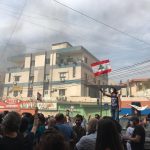
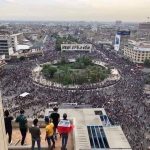
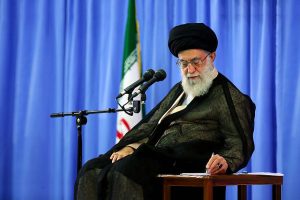
THE MEK had been undergoing training from US Special Forces and the CIA in Area 51, Roswell, Arizona. They were responsible for the assassinations of the Iranian nuclear scientists, for planting bombs, etc. Seymour Hersh has described this connection in detail. They then carry out sabotage and assassinations in Iran, on behalf of MOSSAD, the CIA, and both Israeli and US governments. Two nights ago I heard on the BBC World Service that they have been removed from the terrorism list, but no mention was made of their sponsorship by the US and Israel. The training stopped when Obama went into the White House, so the connection is old news. It shows that the BBC cannot be trusted on anything about the Middle East. I read that most were Kurds recruited in Iraq. They pass easily for Persians, apparently. More instances of NATO recruiting terrorists who were previously enemies, like Al Qaeda, if it suits them.